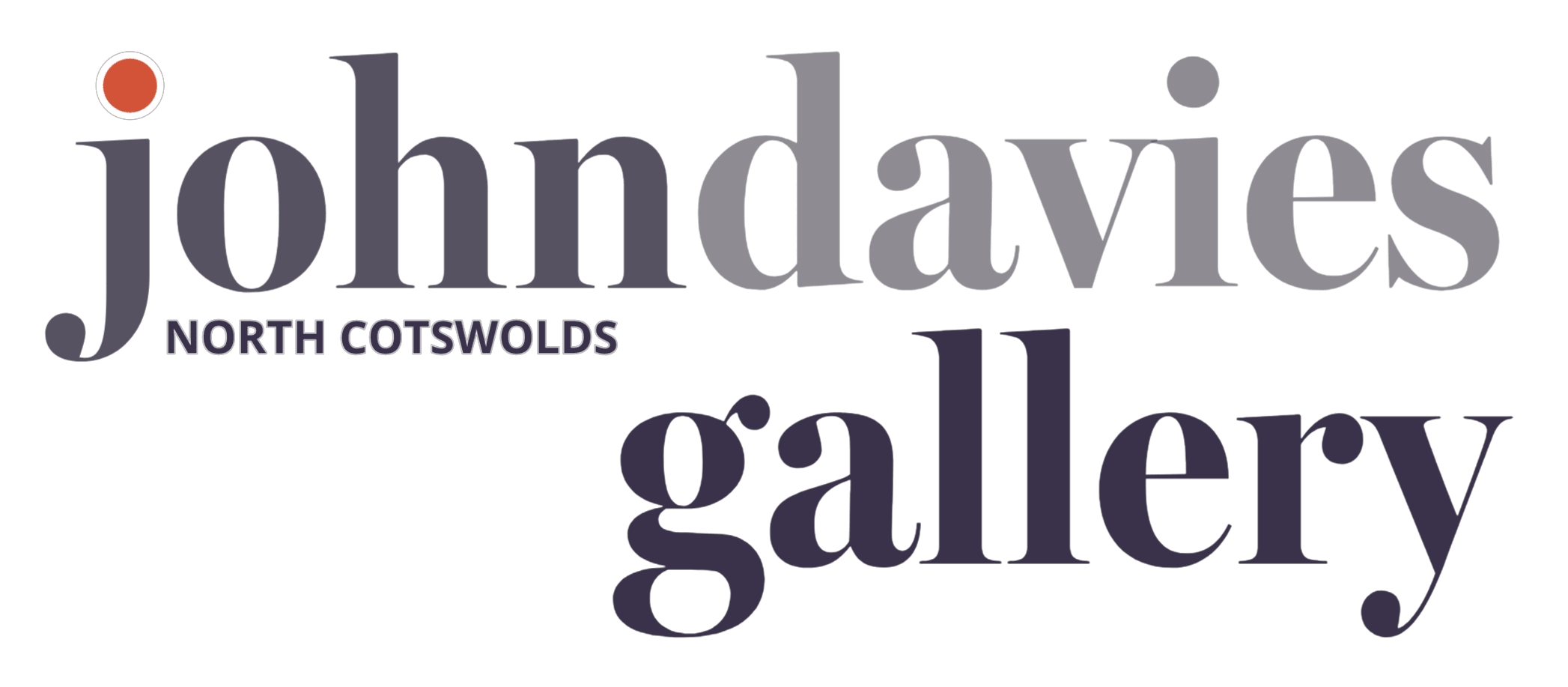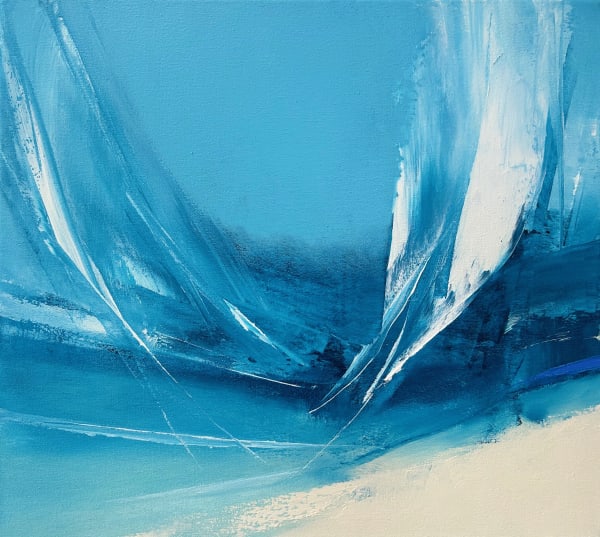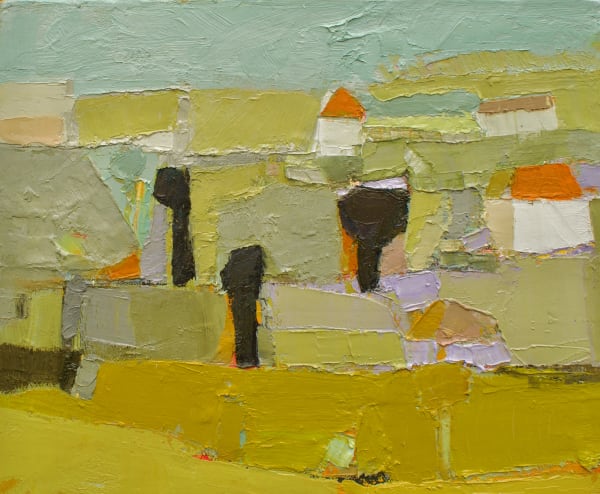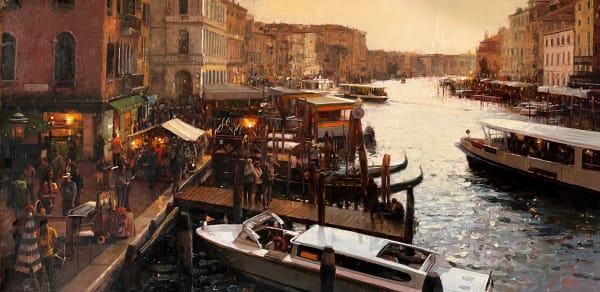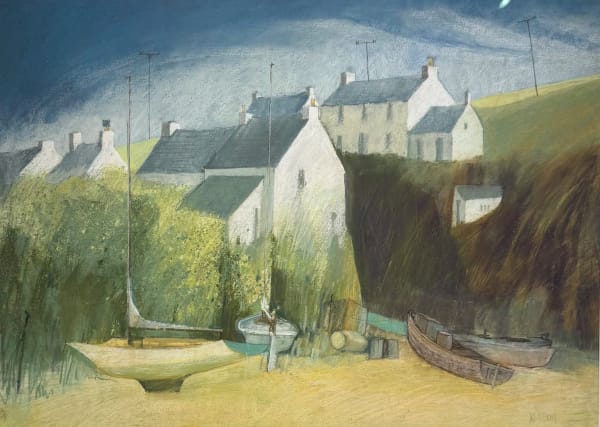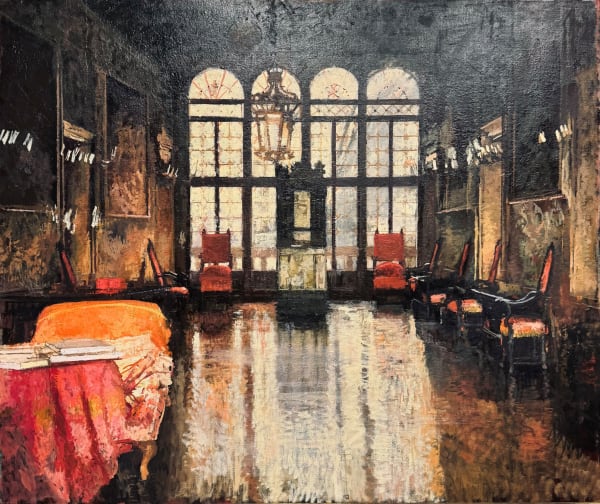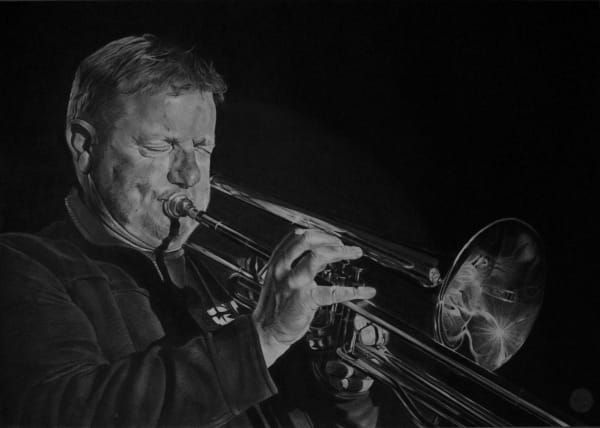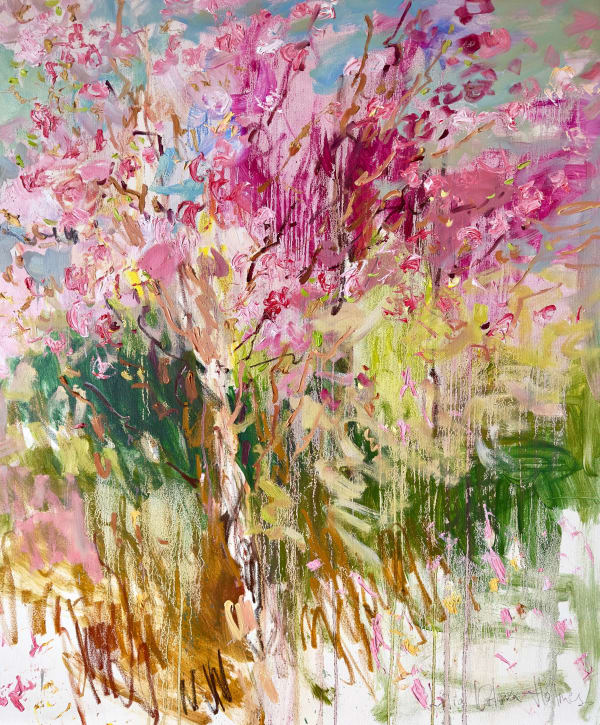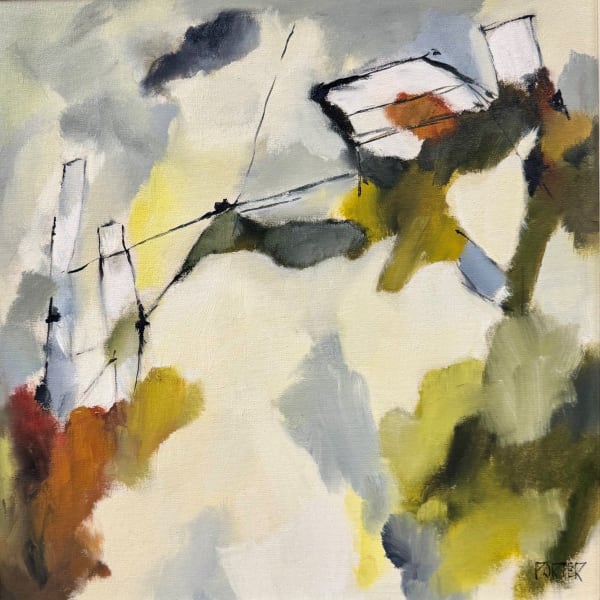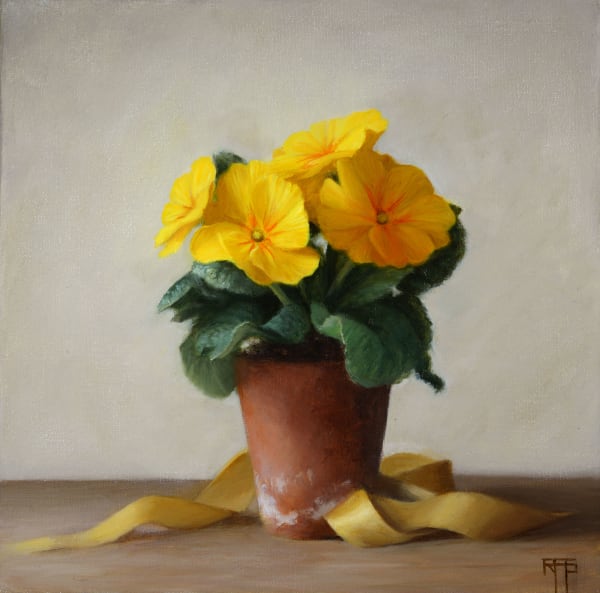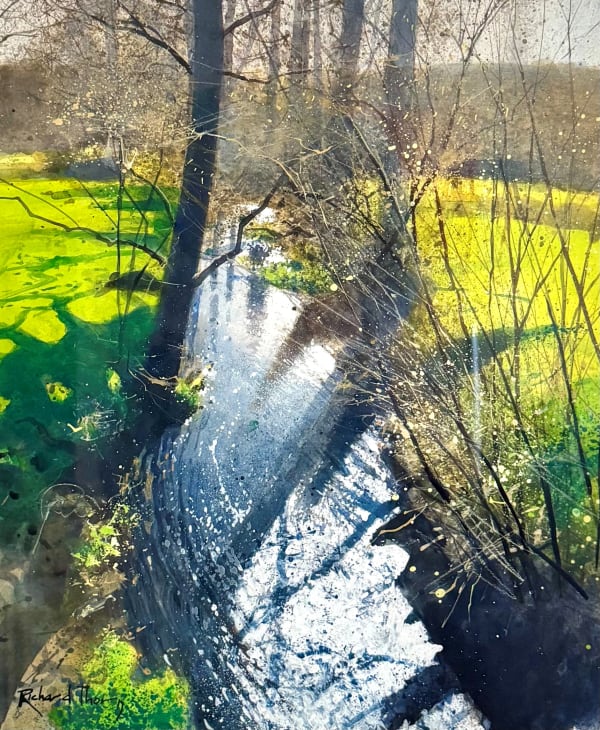-

Louise Balaam
-

Neil Canning
-

Julia Chance
-

Haydn Cottam
-

Louisa Crispin
-

Vanessa Cuthbert RCA FRSA
-

John Davies
-

Peter Graham ROI RSW
-

Douglas Gray
-

Nick Heap
-

Jill Jeffrey
-

Pamela Kay
-

Peter Kuhfeld RP NEAC
-

Kevin Line
-

Sandra Moffat
-

Lilia Orlova-Holmes
-

Jonathan Pike
-

David J Porter
-

Nuria Riera
-

Raquel Alvarez Sardina MA SWA
-

Dermot Smyth
-

Michael Sofroniou
-

Richard Thorn
-

Claire Verity
-

Andrew Watt
-

Marc Yeats
Learn more about our artists
Join our mailing list for news of exhibitions and artworks
* denotes required fields
We will process the personal data you have supplied to communicate with you in accordance with our Privacy Policy. You can unsubscribe or change your preferences at any time by clicking the link in our emails.
